2015 300cc Enduro Shootout: Extras
11 years ago | Words: Andy Wigan | Photos: Andy Wigan
So by now, you would have checked out Transmoto‘s 2015 300cc Enduro Bike Shootout that appears in our 2014 November-December (#47) issue. Here’s an insight into how our testing system works, and a little bit more information about the Beta, Sherco and KTM, that we couldn’t quite squeeze into the magazine.
SCORING & RANKING
The way test bikes are scored and ranked in shootouts will always be a contentious one, and – surprise, surprise – you never get consensus from all manufacturers over the methodology. But, after staging shootouts for 15 years, we’re confident that the way we go about it produces the most accurate and relevant feedback. In broad terms, here’s how it works:
- Testers fill out a detailed scorecard for each bike. That is then distilled into a score out of 10 for engine, suspension/steering and ergos/brakes. They do this alone to ensure their feedback in not influenced by other test riders.
- When test riders submit their scores, they are aggregated and subjected to a weighted average – 50% for engine, 40% for suspension/steering and 10% for ergos/brakes.
- We then sit down for a two-hour feedback session after the track testing to add dimension and detail to those scores. Here, the objective is to determine what sort of rider, terrain and riding style each bike best suits.
Why apply a weighted average to the scores? A few reasons:
- Because low scores for ergos (such as a too-soft seat or unconventional bar bend) are easy and relatively cheap to fix. Low scores for engine and suspension, on the other hand (poor throttle response at low revs or a deflecting fork, for example), are not only much costlier fixes; they also have a larger impact on the bike’s performance (and/or lap time potential).
- If we didn’t apply a weighted average, it could create misleading results. Let’s say Bike A scores 9 for engine, 9 for suspension and 6 for ergos. Bike B scores a 6 for engine, 9 for suspension and 9 for ergos. Both bikes’ total score adds up to 24, or an average of 8 out of 10. In which case, their overall raw scores would be identical. But which bike would you rather buy? Naturally, Bike A – because for some added seat foam and a $100 handlebar with a better bend, you’ll be way ahead of the bloke who bought Bike B and then had to spend $1000 on a pipe, cam and/or head porting to bolster its engine performance from a 6 to a 9 out of 10.
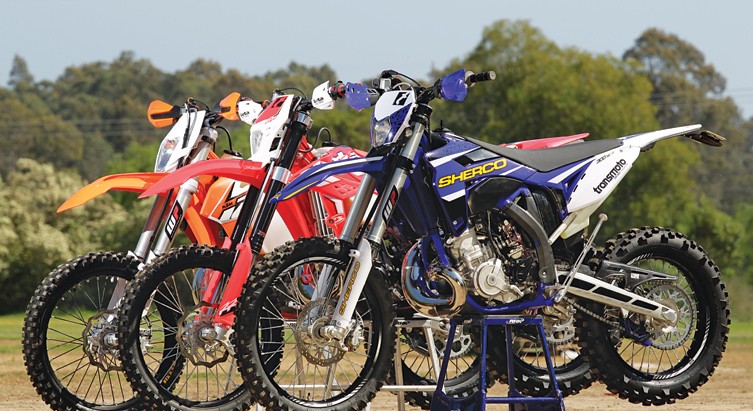
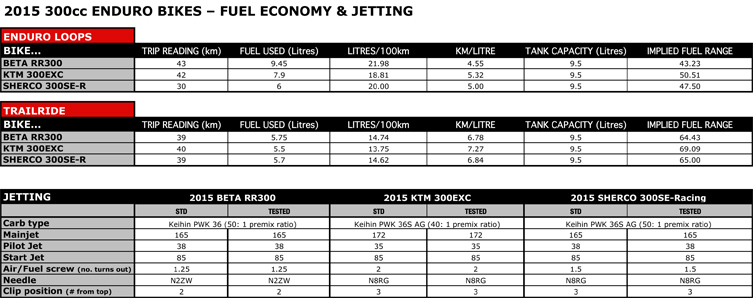

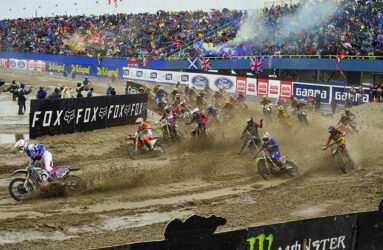
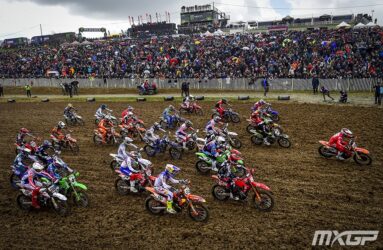


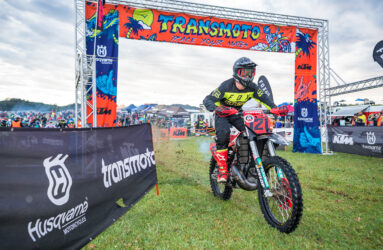


Be the first to comment...